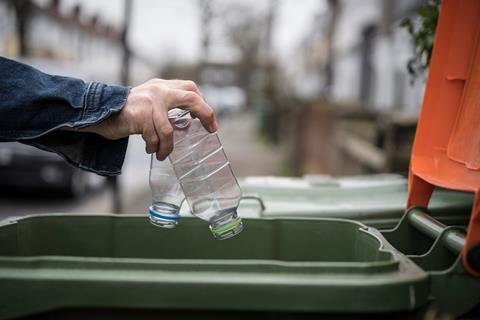
The government has finally unveiled the costs for food and drink companies subject to its controversial extended producer responsibility (EPR) scheme.
Following months of pressure from industry, Defra has released a list of estimate fees for each of the eight packaging categories based on data supplied by producers.
Aluminium and plastic face some of the highest costs (see table below), but fees can range from £130 to £655 per tonne, depending on the type of packaging.
Defra has reiterated that the “illustrative fees are our first estimate based on the best available evidence to date” but were “not final fees”.
It added: “Government recognises that obligated producers may wish to use the higher or lower estimates to assess worst and best case scenarios. This is not recommended.”
The figures were still subject to “significant uncertainty and will change in the future”, it added.
The environment department intends to publish “refined figures” for the illustrative base fees in September, once the data received from industry has been further revised.
The EPR scheme will require thousands of businesses with an annual turnover of more than £2m responsible for handling more than 50 tonnes of empty packaging or packaged goods in the UK to cover the full net cost of recycling.
Fees will be incurred from 1 April each year based on packaging supplied by the registered producers for the preceding calendar year, which means fee rates for the first year of EPR for packaging (2025/26) won’t be known until after 1 April next year.
The first invoices were expected to be issued in summer 2025, Defra said.
Read more: Thousands of firms facing legal action over missing packaging data as deadline looms
FDF director of corporate affairs & packaging, Jim Bligh, said in response to the base fees announcement: “Food and drink manufacturers support the government’s zero waste goal and are committed to a cleaner environment.
“We welcome the long-awaited release of base fees for EPR, which helps manufacturers take more responsibility for packaging and helps them plan for 2025 costs.
“With EPR expected to cost at least £1.4bn in 2025, it’s crucial that funds are used to improve recycling infrastructure.”
Steve Gough, CEO of Valpak, part of international circular economy specialist Reconomy, said Defra’s “long-awaited guidance brings more clarity to the industry” and allowed producers to plan for their 2025 budgets.
“With the next set of base fees to come in September once more robust data has been verified by regulatory bodies, we are approaching the longer-term certainty that producers need to ensure they are meeting their compliance requirements”, Gough said.
Read more: Ignorance or bad education? EPR woes build
“We welcome this guidance from the government and look forward to supporting all stakeholders as they make vital progress towards a more circular economy.”
The FWD, which has been “closely collaborating with officials in Defra and the Environment Agency” also welcomed the guidance, said CEO James Bielby.
“Our goal is to ensure that EPR achieves its intended objectives in a manner that is pragmatic for businesses, devoid of unnecessary burdens or challenges for wholesalers, and does not result in packaging designed for use by foodservice operators being in scope.”
Read more: EPR could cause an extinction event among British SMEs
IGD chief economist James Walton warned that while “at first sight, the fee-per-item may seem quite low”, it would have a “likely impact in a very low-margin market like food and drink”.
“Take wine, for example – a 750ml glass bottle weighs about 500g, so at £260 per tonne, that would be an EPR fee of about 13p.
“Thirteen pence per bottle may not sound much, but it really is, especially at the lower end of the market,” he said, adding it was “almost the same as the value of the wine itself and certainly enough to hit business profitability”.
The BRC’s director of food and sustainability, Andrew Opie, urged government to ”publish a comprehensive strategy for how the billions of pounds in EPR fees will be used to boost recycling and support the circular economy.
“Ultimately, customers and businesses will pay for these improvements through increased costs which is why it is essential EPR delivers a step change in recycling that justifies its £2bn a year cost.”
Claire Shrewsbury, director insights and innovation at WRAP, said: ”We welcome the clarity that the publication of these illustrative fees gives to businesses. Now, businesses can better plan their packaging with a greater focus of designing out waste.
“Of course, EPR needs to be part of a holistic approach to packaging – even removing it in the case of fresh uncut fruit and vegetables. We hope to see retailers and brands embrace other environmentally positive initiatives, such as mainstreaming refill and reuse models, as they adjust to the EPR scheme.”







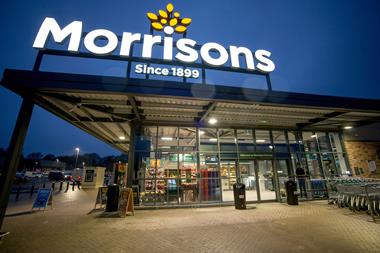

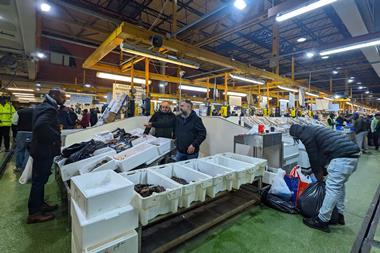




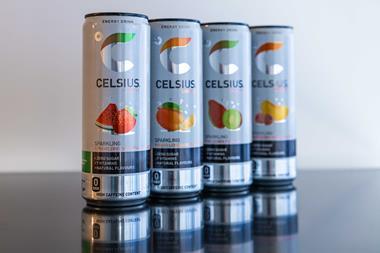


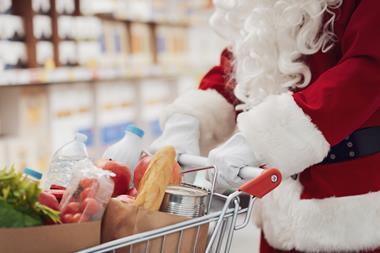

No comments yet